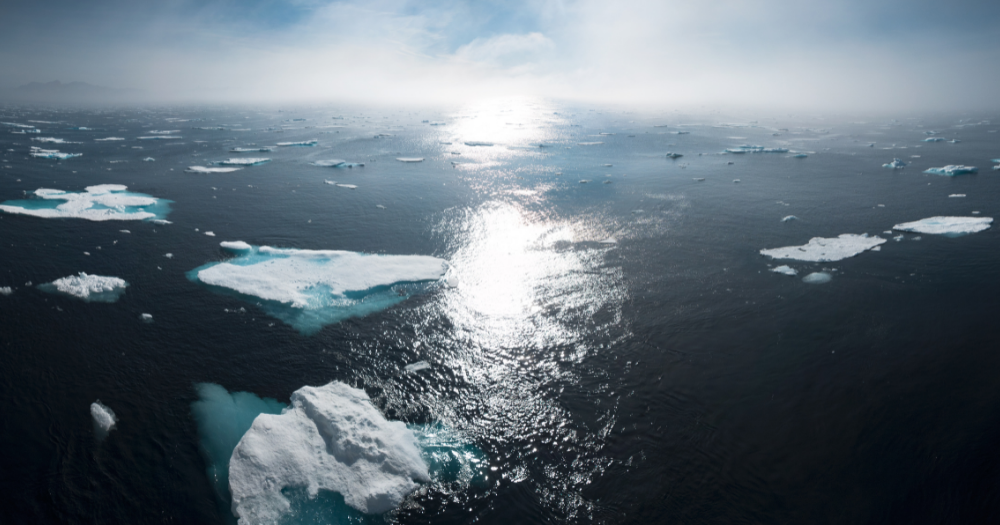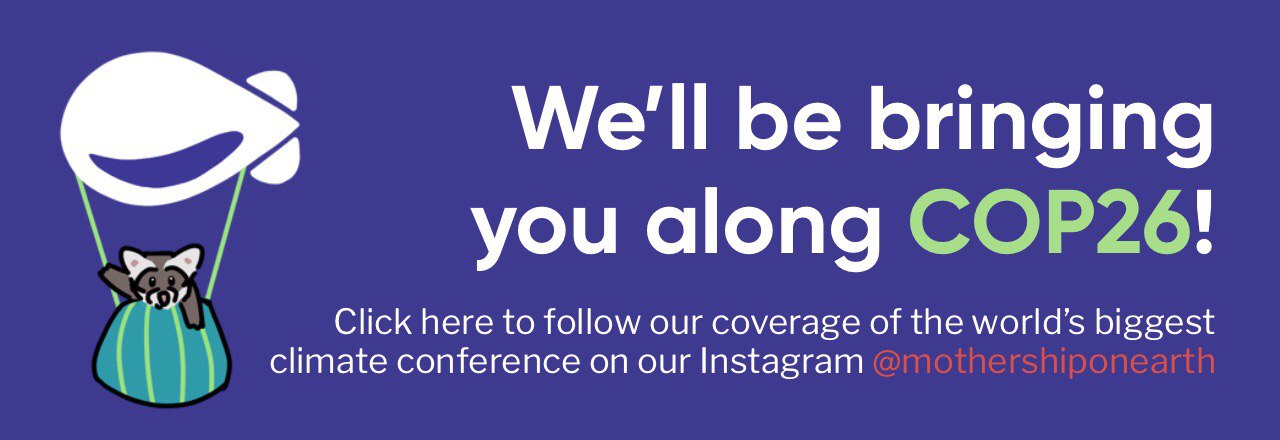Follow us on Telegram for the latest updates: https://t.me/mothershipsg
The past seven years, 2015 to 2021, are on track to be the seven warmest on record, according to the latest report by the World Meteorological Organisation (WMO).
WMO said that record atmospheric greenhouse gas concentrations and associated accumulated heat have propelled the planet into "uncharted territory", with "far-reaching repercussions" for current and future generations.
The provisional WMO State of the Global Climate 2021 was revealed on Oct. 31, the first day of climate conference COP26.
Year 2021 to be among the hottest year on record despite La Niña
Based on the data for the first nine months, even with the moderate cooling weather event “La Niña” early this year, 2021 is expected to be the fifth to seventh warmest year on record.
The last significant La Niña event was in 2011. 2021 is around 0.18°C to 0.26 °C warmer than 2011, the provisional WMO State of the Global Climate 2021 report revealed.
Year 2016, with the effects of a strong El Niño, remains to be the hottest on record.
Warmer oceans
90 per cent of the accumulated heat in the Earth system is stored in the ocean. The upper 2000m depth of the ocean continued to warm in 2019 and a preliminary analysis of all data sets suggest that warming continues in 2020.
All data sets also show that ocean warming rates show a "particularly strong increase" in the last 20 years.
The ocean is not just warmer but also more acidic.
The report stated that the ocean absorbs around 23 per cent of the carbon dioxide emitted from man-made sources to the atmosphere every year. That makes the ocean increasingly acidic.
The open ocean surface pH has dropped over the last 40 years, now it is the most acidic it has been for at least 26,000 years. Such rates of pH change are "unprecedented" since at least that time, the report added.
As the pH of the ocean decreases, its ability to absorb carbon dioxide from the atmosphere also declines.
Sea level rise
Since 2013, global sea level rise has also accelerated to a "new high".
The rise in sea levels are due to thermal expansion of sea water due to warming and land ice melt.
Measured since the early 1990s by high precision altimeter satellites, the mean global mean sea level rise was 2.1 mm per year between 1993 and 2002 and 4.4 mm per year between 2013 and 2021.
This was mostly due to the accelerated loss of ice mass from glaciers and ice sheets.
Other notable extreme events in 2021
WMO Secretary-General Petteri Taalas also noted a few extraordinary weather event in 2021 thus far:
“It rained – rather than snowed - for the first time on record at the peak of the Greenland ice sheet. Canadian glaciers suffered rapid melting.
A heatwave in Canada and adjacent parts of the USA pushed temperatures to nearly 50°C in a village in British Columbia. Death Valley, California reached 54.4 °C during one of multiple heatwaves in the southwestern USA, whilst many parts of the Mediterranean experienced record temperatures. The exceptional heat was often accompanied by devastating fires.
Months’ worth of rainfall fell in the space of hours in China and parts of Europe saw severe flooding, leading to dozens of casualties and billions in economic losses.
A second successive year of drought in sub-tropical South America reduced the flow of mighty river basins and hit agriculture, transport and energy production"
Taalas added that extreme weather events are the new norm and there is "mounting scientific evidence" that some of these events are due to human-induced climate change.
The report also highlighted the socioeconomic impact of the occurrence of these extreme events, including degradation of ecosystems, disruptions to livelihoods, risk to food security, and population displacement.
COP26 must be a turning point
“At the current rate of increase in greenhouse gas concentrations, we will see a temperature increase by the end of this century far in excess of the Paris Agreement targets of 1.5 to 2 degrees Celsius above pre-industrial levels,” said Taalas. “COP26 is a make-or-break opportunity to put us back on track.”
United Nations Secretary-General António Guterres urged world leaders to be decisive and ambitious in committing to climate actions at COP26, the world's largest climate summit.
Guterres said:
“Scientists are clear on the facts. Now leaders need to be just as clear in their actions. The door is open; the solutions are there. COP26 must be a turning point. We must act now – with ambition and solidarity – to safeguard our future and save humanity."
Top image by William Bossen/Unsplash
If you like what you read, follow us on Facebook, Instagram, Twitter and Telegram to get the latest updates.

